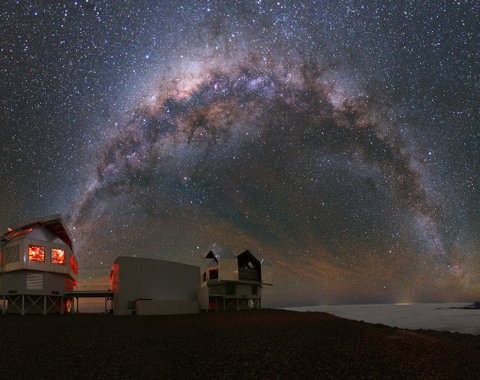2021 Astronomy Lecture Series

Each year the Observatories organizes a series of public lectures on current astronomical topics. These lectures are given by astronomers from the Carnegie Observatories as well as other research institutions. The lectures are geared to the general public and are free.
2021 Season
Monday evenings: April 12, April 26, May 10 and May 24.
Due to the ongoing COVID-19 restrictions, all lectures will be virtual events held online. See the links after each talk.
Schedule
Dr. Andrew Benson
George Ellery Hale Distinguished Scholar in Theoretical Astrophysics, Carnegie Observatories, Carnegie Observatories
First detected almost 50 years ago, dark matter remains elusive, even though it is ubiquitous in the universe. But, progress is being made! Dr. Benson will describe how teams of astronomers—combining expertise in observational and theoretical astrophysics, plus modern data analysis—are beginning to shed light on the dark matter particle. In the next decade, the combination of new telescopes and the next-generation of theoretical models will push these insights even further—probing the very limits of what astronomy can tell us about the nature of dark matter.
Watch recordingDr. Tom Holoein
NHFP Einstein Fellow, Carnegie Observatories
Black holes are the densest objects in the universe, with gravity so strong that not even light can escape. Because black holes are the end-stage of evolution of massive stars and are thought to exist at the centers of most galaxies, understanding how they form and evolve is crucial for understanding stellar evolution and galaxy formation. However, they remain some of the most difficult objects to study because they emit no light of their own. Dr. Holoien will discuss what we know about black holes today, what happens when a black hole tears apart a star, and how we can use the light from these dying stars to study some of the universe's most massive objects.
Watch recordingDr. Drew Newman
Staff Scientist, Carnegie Observatories
Galaxies come in a dizzying array of shapes and sizes. The biggest galaxies are nearly uniform balls of stars, and astronomers have traditionally thought that they must have suffered a catastrophe long ago that both killed off star birth and transformed their shapes. Dr. Newman will describe the hunt to discover what happened to these galaxies 10 billion years ago by harnessing gravitational telescopes to peer inside them.
Watch recordingDr. Ylva Goetberg
Hubble Postdoctoral Fellow, Carnegie Observatories, former-Nashman Postdoctoral Fellow, Carnegie Observatories
The dance of two stars can lead to a wide variety of stellar fates, from extreme loss of stellar material to the creation of helium stars. Many helium stars should exist, but until now, they have remained elusive. Revealing their true nature is a leap into a journey starting with stellar couples close to our home, the Milky Way galaxy, but stretching back in time to when the universe was young.
Watch recording